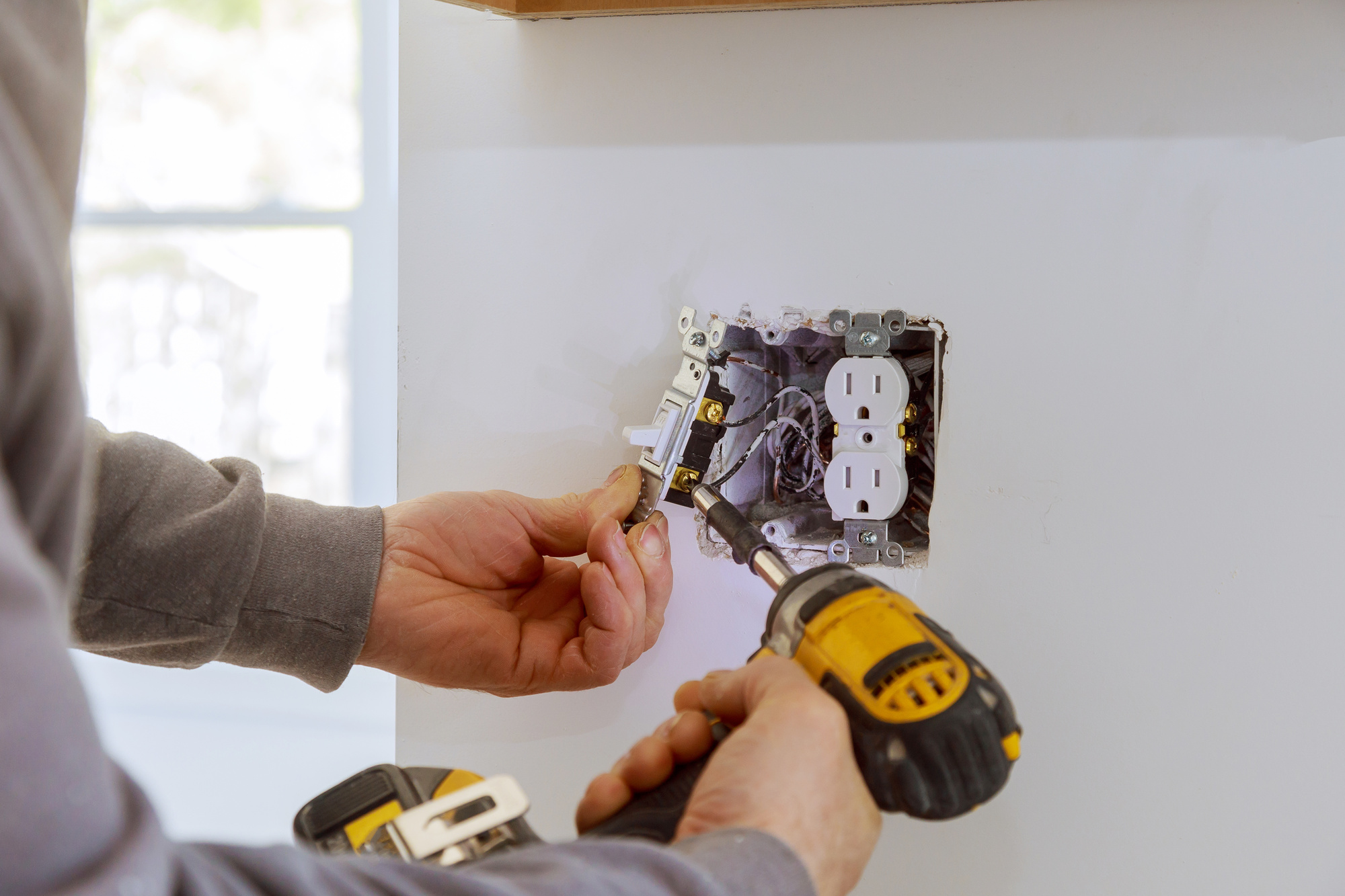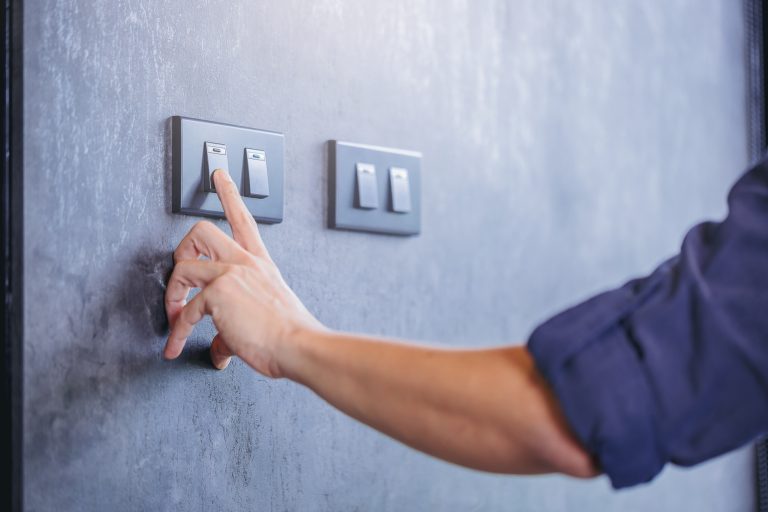Choosing light switches and outlets requires careful thought. It’s more than just following rules; safety and energy-saving features are also essential if you want to add value to your home. It’s also best if the design matches a room’s look while working well.
This guide shares four tips for picking the right light switches and outlets while hitting all these points. If you’re already getting started, choosing a quality retailer like Cable Pro, among many others, should let you tap into the latest industry-grade electrical supplies. Take time to compare specs and prices between vendors to find the best deals.
In the meantime, here’s what you need to know to find the best switches and outlets.
Tip 1: Stick To Electrical Codes and Regulations
This tip is less of a suggestion and more of a priority. Homeowners need to understand their local rules about light switches and outlets to ensure everything is set up correctly.
Each switch or outlet must be wired to its own circuit per local regulations, utilizing the appropriate gauge wire and an adequately grounded connection.
When deciding on light switches and outlets, check if they can handle the voltage needed for their use. Some special switches might need more than what usual home circuits can give. Dimmers or GFCI outlets are examples of this, requiring specialized wiring or extra parts like transformers or relays to work correctly.
In light of all this, following the National Electric Code is always a good idea.
Tip 2: Know What You Are Using Them For

Picking the right outlets and switches isn’t just about looks but also their use in your project.
First off, you need to check the circuit’s load and amperage needs and match them with the switch or outlet you need. This is especially true for GFCI outlets, often used for safety features. Some switches, such as three-way or four-way setups, require more advanced wiring techniques. Others come with features like dimmers and motion sensors. The former lets you change light levels, while the latter turns lights on and off when they detect movement. They’re great choices if you want to give your devices a level of fine control or ease of use.
Understanding these little nuances makes choosing the right one easier and quicker. Functionality is essential, but don’t forget about how things look. These can come in many styles and finishes to match specific aesthetics. Finding the right balance of style and use means you don’t have to sacrifice one for the other.
Tip 3: Considering Safety and Energy Efficiency
As concerns about climate change and sustainability are on the rise, these things must become critical considerations when choosing your switches and outlets.
Look for devices that have been checked by regulatory groups to ensure optimal energy use and security.
As always, safety should be your top priority when working with electricity. Always turn the power off before you start any work. Ensure all wires are connected safely and insulated properly to prevent them from creating safety hazards.
You should consult a professional electrician if you need clarifications on any of these. They can help you decide what’s best for your needs and help you accomplish your goals.
Tip 4: Balancing Design and Functionality
As mentioned, picking the right electrical outlets and switches is about mixing great designs and valuable features. Think about outlets that are safe for kids and have energy-saving options like LED dimmers or motion-sensing switches. These options can reduce power use and save money while also fitting most home aesthetics.
In this light, most houses have simple toggle switches that you can spruce up with different colors and finishes. Try adding decorative covers to outlets to give them a fancy flourish without losing access to power for your devices.
By taking all of these into account, you can make choices that you’ll be happy with for years, matching your style and needs simultaneously.
Takeaways
As you can see, picking the right light switches and outlets for your home or business shouldn’t be too hard. Start by understanding what you need, how much additional functionality you want them to offer, and which regulations apply.
Of course, safety and energy efficiency are vital, as is finding a balance between design and practical use. Keeping these four factors in mind will help you narrow your choices further.
And above all, always consult professionals before making any permanent decisions on your electrical work. Take a look at what changes you’re making, compare products and prices, and ask professionals some questions.

